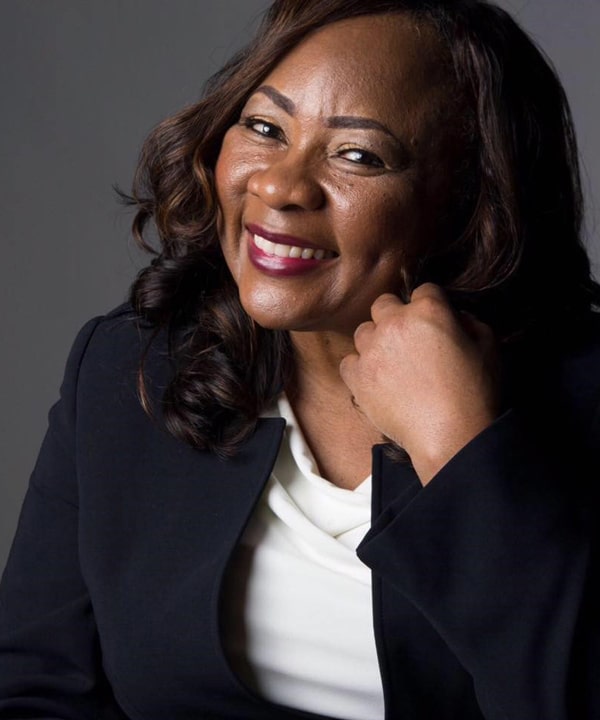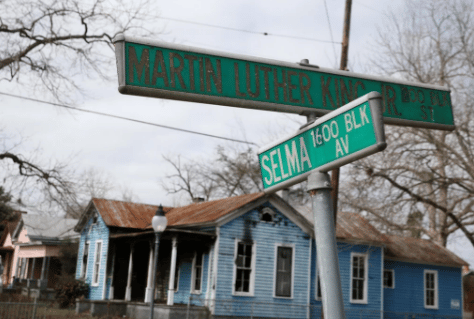
A County Where the Sewer Is Your Lawn: Catherine Coleman Flowers Op-Ed in the NY Times

Originally published May 22, 2018.
MONTGOMERY, Ala. — In Alabama’s Black Belt, along the road from Selma to Montgomery where civil rights activists fought for voting rights, there’s a glaring problem that’s all too often overlooked — a lack of working sewer systems.
The Alabama Department of Public Health estimates 40 to 90 percent of homes have either inadequate or no septic system. And half of the septic systems that have been installed aren’t working properly.
Many homes here rely on straight PVC pipes that carry waste from houses to open pits and trenches that often overflow during heavy rains, bringing sewage into people’s yards where children play.
The situation isn’t much better in towns connected to relatively functioning sewer systems. Heavy rains and floodings, which seem to be intensifying because of climate change, overwhelm weak sewer systems, forcing sewage to back up in people’s homes, and contaminating drinking water.
The problem has real effects on people’s health. A 2017 report in The American Journal of Tropical Medicine and Hygiene found that among 55 adults surveyed, 34.5 percent tested positive for hookworms, which thrive in areas of extreme poverty with poor sanitation. Hookworms are not deadly, but they can impede physical and cognitive development in children, and expose victims to intestinal illnesses.
I have worked on these issues for years and seen firsthand how devastating they are for residents.
Pamela Rush, a disabled mother of two children, aged 9 and 15, desperately wants to leave her mobile home in an unincorporated part of Lowndes County because she believes her family’s health is in jeopardy.
I recently visited her home, which reeked of mold and mildew. A PVC pipe carried sewage away from the house, but wasn’t nearly long enough to stop sewage from ending up in her yard. Sewage was visible just inches from the home.
Ms. Rush constantly worries that the pipe will clog and sewage will back up into her home. But she worries even more about her 9-year-old daughter, who sleeps with her, and must use a ventilation device, commonly used for sleep apnea, so she’ll get enough oxygen.
Ms. Rush doesn’t know what impact her living conditions are having on her daughter. But on a monthly income of $958, there’s no way she can afford to leave, or fix the waste disposal problems. She feels trapped.
Catherine is the Director of Environmental Justice & Civic Engagement and is a significant voice in the landscape of Environmental Justice in the United States. Don’t miss her during On Water & Faith: Ministry in a Time of Climate Change, at Union Theological Seminary in New York City. Thursday, May 31st, she will be in dialogue with Former Vice President Al Gore for our Public Evening Program, Climate, Water and Justice: Our Changing Planet & a Moral Call to Action. Catherine will also join an panel on Water and Justice: The Disproportionate Impacts of Climate Change and offer a Skills Training /Workshop focused on Engaging Local Communities.
